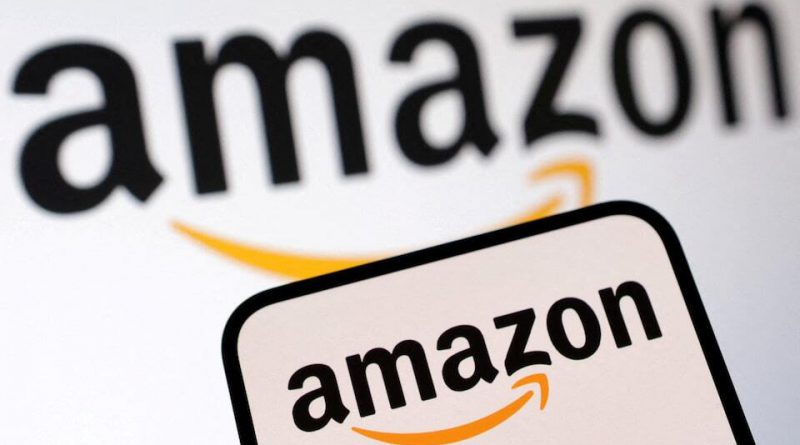Amazon’s Device Division Reimagines Future After Leadership Shifts
Amazon’s leadership changes signal a bold new chapter of innovation, refocusing its devices division on smarter tech, AI advancement, and streamlined growth.
In a bold turn signaling renewal and reinvention, Amazon’s devices division is once again in the spotlight — this time not for its challenges, but for the fresh opportunities ahead.
Following the recent departure of two senior executives, the tech giant is poised to redirect its focus toward innovation, streamlined efficiency, and the next phase of smart technology leadership.
The exit of long-time Amazon veteran Lindo St. Angel, vice president of hardware for Lab126, marks the close of a 15-year chapter that helped shape some of the company’s most recognizable and beloved devices, including Echo speakers, Fire tablets, and Kindle readers.
His departure, set for the end of October, comes as the company begins an ambitious transformation of its devices and services strategy.
Despite speculation surrounding internal shifts, Amazon’s approach appears calculated and forward-looking. Rather than viewing these exits as setbacks, the company seems to be using them as catalysts for evolution.
The devices and services unit has long been central to Amazon’s consumer experience, bridging voice AI, home automation, and entertainment ecosystems.
Now, under new leadership and a leaner organizational structure, Amazon is readying itself for a more focused and sustainable era of innovation.
Amazon’s Lab126, based in California, has always been the birthplace of groundbreaking ideas. From the first Kindle that redefined reading to the Echo that made voice assistants mainstream, the division’s legacy is marked by constant reinvention.
St. Angel’s leadership was instrumental in fostering that inventive spirit. His contributions to the development of the Echo voice assistant, the Fire tablet, and even Amazon’s experimental Astro home robot have left a strong imprint on the company’s creative DNA.
This leadership transition follows the earlier exit of Rob Williams, vice president of device software and services. Williams, who played a pivotal advisory role to CEO Andy Jassy and devices chief Panos Panay, will continue to serve in an advisory capacity until year’s end.
His continued involvement hints at stability during this strategic shift, ensuring the division’s transition is steady and aligned with Amazon’s broader corporate vision.
Amazon’s renewed focus on profitability and practical innovation reflects a wider trend across the tech industry — one that values sustainable growth over experimental expansion.
The company’s decision to revamp its Fire tablets with Android operating software underscores a clear intention: to make products more universally accessible and user-friendly.
Likewise, efforts to evolve Alexa into a more intelligent, generative AI-powered assistant show that Amazon is not standing still in a rapidly changing market.
While challenges remain in monetizing these advancements, the company’s long-term investment in AI and smart devices suggests confidence in future demand and technological relevance.
The recent showcase in New York highlighted Amazon’s determination to stay at the forefront of consumer technology. New Echo speakers, Fire TVs, and Ring cameras all point to a brand committed to refining user experience while maintaining its competitive edge.
Rather than merely expanding its catalog, Amazon seems to be consolidating its strengths — doubling down on quality, integration, and the seamless connectivity that has defined its ecosystem.
The departure of key executives like St. Angel can often spark speculation, but within the walls of Amazon, it also opens doors to fresh ideas and emerging leadership.
The company has long prided itself on fostering internal talent and cultivating innovation from the ground up. With Panos Panay, formerly of Microsoft, now leading devices, Amazon’s hardware and services future looks set for an inspired refresh — one that combines technological excellence with renewed market strategy.
As the global tech landscape grows increasingly competitive, Amazon’s device division stands at an inflection point — one where change is not a sign of instability, but of adaptation.
The company’s ability to navigate transitions while keeping its creative pulse alive is what has always set it apart. Amazon’s journey from e-commerce pioneer to AI-driven ecosystem leader continues, shaped by every reinvention that emerges from moments like this.
In essence, the company is not losing momentum — it’s reshaping it. With each leadership evolution comes a chance to redefine priorities, harness new perspectives, and elevate the user experience.
As Amazon enters this new chapter, the message is clear: transformation is not an obstacle, but the engine of progress.



